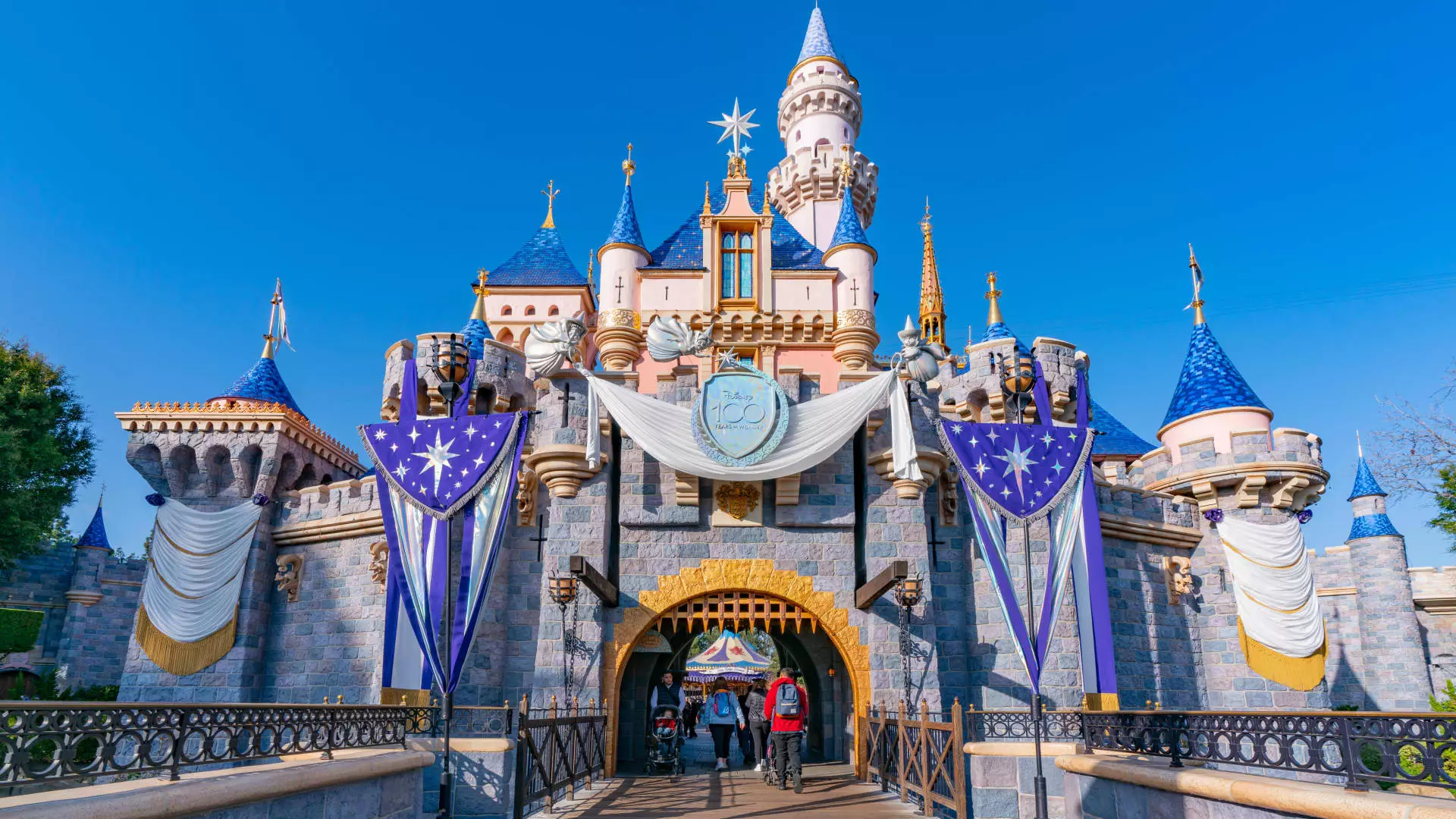Disneyland, a beloved staple in the entertainment industry, is once again raising its ticket prices, stirring a mixture of disappointment and acceptance among visitors. Although the starting price for entry-level tickets remains at a steady $104 — unchanged for six years — the adjustments to other ticket tiers signal a direct response to fluctuating demand. This article takes a critical look at these changes and their implications for Disney fans and families looking to enjoy the magic of Disneyland.
On Wednesday, the Walt Disney Company announced that various ticket tiers would see increases ranging from $7 to $12, translating to a rise of 5.9% to 6.5%. The Magic Key annual passes are not spared from this trend; they will increase by 6% to a staggering 20%, depending on the pass type, costing an additional $100 to $125. These hikes come at a time when many consumers are already lamenting the rising costs associated with visiting theme parks, hotels, and other attractions. Visitors feel the squeeze as these increases challenge family budgets, especially for those looking to create lasting memories at the Happiest Place on Earth.
Disney’s Demand-Based Pricing Model
Interestingly, Disneyland operates under a demand-based pricing model, akin to airlines and hotels. This pricing system often sees ticket costs escalated during peak times, such as holidays and school vacation periods when visitor numbers soar. For instance, while a family can visit the park for just $308 during the quieter months of January and February, the cost can spike to $206 during the highest demand periods. This strategy can both encourage visitors during less popular times while simultaneously monetizing peak attendance.
Jessica Good, a spokesperson for Disneyland Resort, assures that the company strives to provide various ticket, dining, and accommodations options to appeal to families. They also have promotional offers, including $50 tickets for kids to help alleviate financial pressures on families. This marketing effort reflects Disney’s understanding of the need for balance in pricing — even as cost increases become apparent.
The recent changes to the Magic Key program, which is Disneyland’s version of an annual pass, are also noteworthy. The price increments associated with different tiers of the program signal that even premium visitors cannot escape the rise in overall operational costs. The Imagine tier will now cost $599, marking a $100 increase, while the highest tier, Inspire, will see a modest increase of $100 to $1,749. These passes grant various perks, including early access to new attractions and discounts on dining and merchandise. However, the necessity for these increases raises questions about accessibility and how Disney envisions its role in the leisure industry.
Moreover, while Disneyland is adjusting pricing, its counterpart in Florida, Walt Disney World Resort, has not announced similar hikes. Such variations highlight the geography of demand and can influence visitor patterns, further complicating Disney’s approach to pricing across different parks.
Public Reaction and Disney’s Future
The public’s reaction to such price increases is multifaceted. While die-hard fans may continue to support the brand, the average family might think twice, especially when facing tightening budgets. As Disneyland’s costs rise, the loyalty of its customer base may be put to the test, forcing Disney to reconsider its business model and customer engagement strategies moving forward.
The recent ticket price increases at Disneyland represent more than simple financial adjustments; they reflect the complex interplay between demand, consumer sentiment, and the astronomical costs of maintaining a theme park environment. While promotional efforts exist to make visiting somewhat affordable, the growing divide between pricing tiers must be navigated with finesse lest Disneyland lose its charm as an accessible family destination. As the saying goes, “All good things come at a price,” but for the sake of future visitors, hopefully, that price doesn’t become too steep.


Leave a Reply